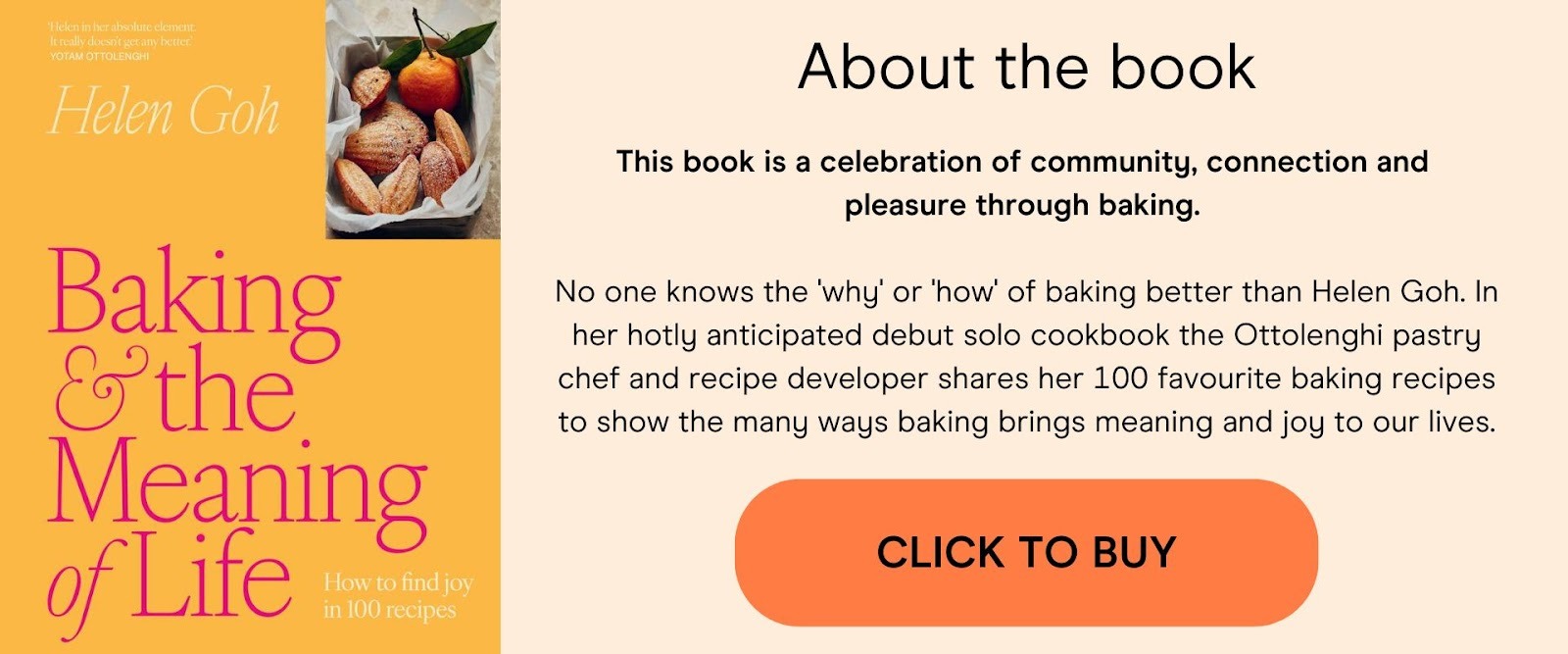Recipe
Go deep into nostalgia with this strawberry iced finger buns recipe

Soft, sweet and beautifully nostalgic, these homemade strawberry iced finger buns are a trip back to childhood - only better, because you know exactly what’s in them.
By Helen Goh
I sometimes buy finger buns from the supermarket, ostensibly for the kids, but the truth is I love them as much as they do. For the minute or two it takes to eat them, I’m a child again. But while it’s joyous sinking your teeth into those pillowy soft buns on day one, there’s something slightly disturbing when they remain eversoft on days three or four.
What is even in them? So I thought I’d have a go at making my own. I use an Asian-style milk bread that’s soft and slightly sweetened, its rich flavour coming from egg, milk powder and a little butter. The strip of strawberry icing at the end gives it just the right amount of sweetness. So easy to eat!
Makes 12
Ingredients to make strawberry iced finger buns recipe
Milk bread
150 ml full-cream milk
2 teaspoons active dried yeast
30 g caster sugar
375 g plain flour
75 ml water, boiling hot
15 g milk powder
¾ teaspoon fine sea salt
1 egg
50 g unsalted butter, cut into 1 cm pieces, then
left to soften
vegetable oil, for greasing
Icing
60 g strawberries, hulled and roughly chopped
300 g icing sugar
½ teaspoon vanilla bean paste
20 g liquid glucose (optional)
.png)
How to make strawberry iced finger buns recipe
To make the bread, put the milk in a small saucepan over medium heat. Bring to a simmer, then remove from the heat. Set aside to cool to 38˚C – cool enough to touch – then whisk in the yeast and 2 teaspoons of the sugar. Let it stand to allow the yeast to activate and froth, about 5 minutes.
Meanwhile, place 75 g of the flour in a small heatproof bowl. Pour the boiling water over and mix with a spoon to form a stiff, shaggy paste. Cover the bowl and set aside to cool.
Put the remaining 300 g of flour, the milk powder, salt and remaining 20 g of sugar in the bowl of an electric mixer and stir with a whisk to combine. Add the flour and water paste, the yeast/milk mixture and the egg and mix with the dough hook on a low speed for about 2 minutes, until a scraggly dough forms.
Add the butter, a little at a time, until incorporated. Increase the speed to medium and knead for about 3 minutes, until smooth. Scrape the dough out onto a clean work surface and knead gently for a couple of minutes, then shape into a ball and place in a lightly greased bowl. Cover with a damp tea towel and set aside in a warm place until doubled in size, around 1–2 hours, depending on the temperature of the room.
Meanwhile, prepare a baking tin (approximately 35 × 25 cm inches measured across the base) by lining it with baking paper.
When the dough has doubled in size, knock it down with your fist and turn it out onto a clean work surface. Cut it into 12 equal pieces, roughly 60 g each. Taking one piece at a time, press the dough into a rough square approximately 10 cm. Starting from the side closest to you, roll up into a small log, pinching and smoothing the ends and seam to seal, creating a little sausage. Repeat with the remaining pieces of dough, and place them 2 cm apart on the lined baking tray.
Cover the tray loosely with plastic wrap and leave in a warm place for 45–60 minutes, until doubled in size.
When the buns are well risen, preheat the oven to 170˚C fan-forced.
Bake for about 18 minutes or until golden brown. Transfer to a wire rack to cool.
To make the icing, place all the ingredients in a food processor and blitz together until smooth. Drizzle over the tops of the cooled buns, and allow the icing to set before eating.
Asking you to boil the milk and then let it cool might seem a bit crazy, but there’s method in the madness. The process of boiling the milk breaks down the proteins and results in a softer, more tender bread. It also makes the milk more effective in hydrating the flour, improving the texture of the dough. But make sure to cool the milk before mixing in the yeast – that’s essential to get the rise.
The method of mixing flour with boiling water is an Asian bread-making technique used to create soft, fluffy bread. It involves pre-cooking a portion of the flour and water to gelatinise the starches, which helps to retain moisture in the bread.
Citro food tip
For picture-perfect buns, let them cool completely before icing – warm bread will make your icing run. And if you want to be extra fancy, top each bun with a few freeze-dried strawberry pieces or shredded coconut before the icing sets.
Citro may receive a small commission at no cost to you on any orders placed using the book link in this article.
Images and text from Baking and the Meaning of Life by Helen Goh, photography by Laura Edwards. Murdoch Books RRP $55.00.

You might also like:
